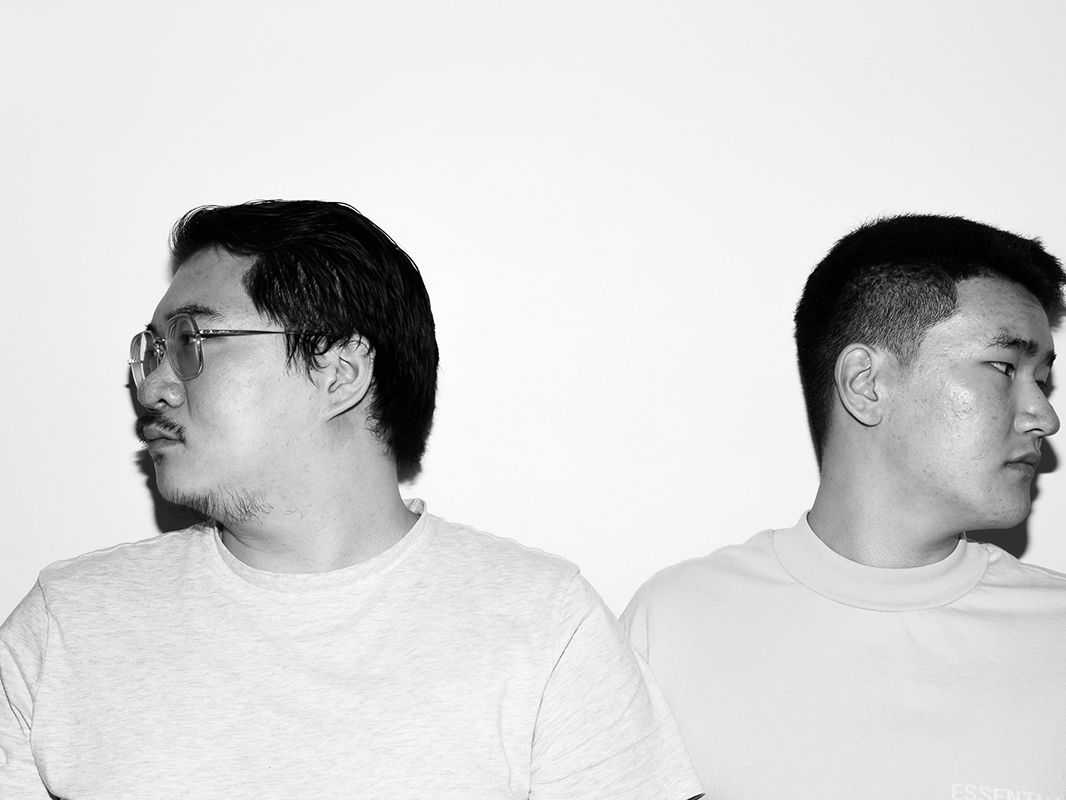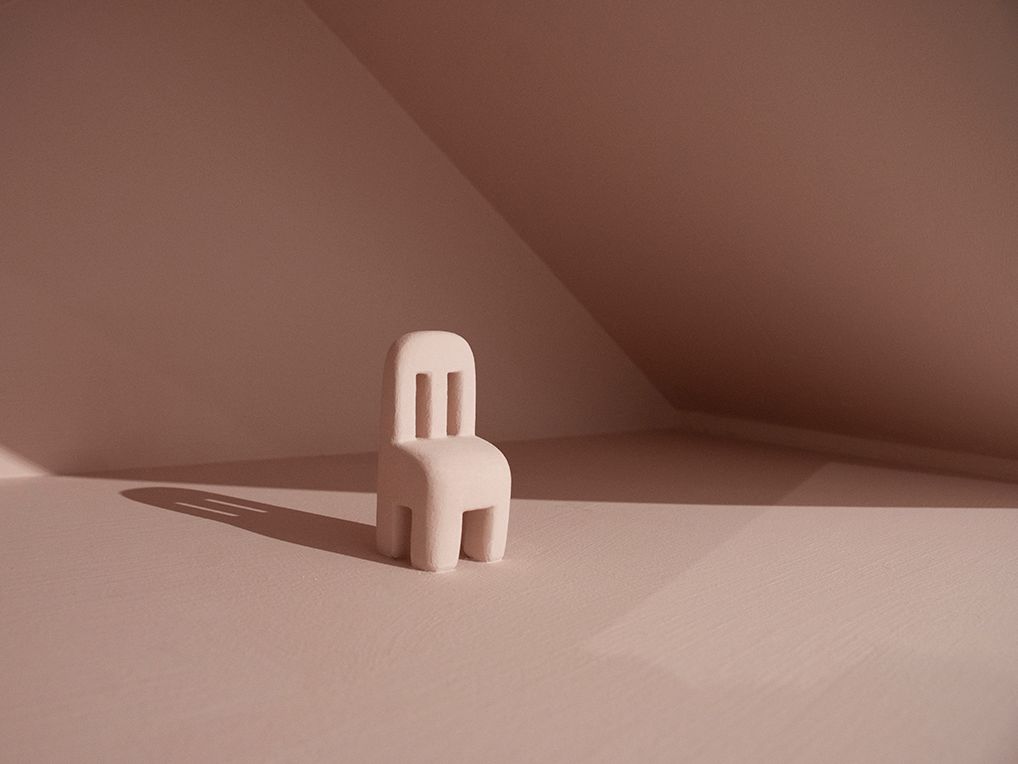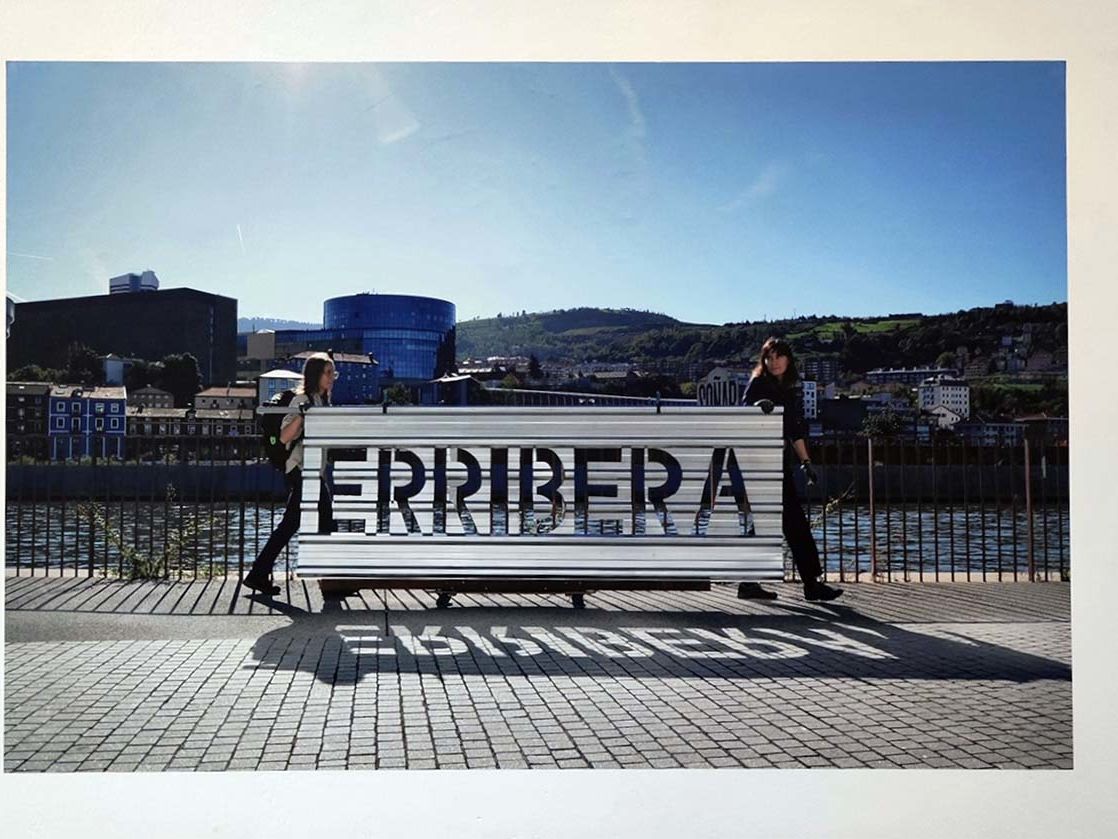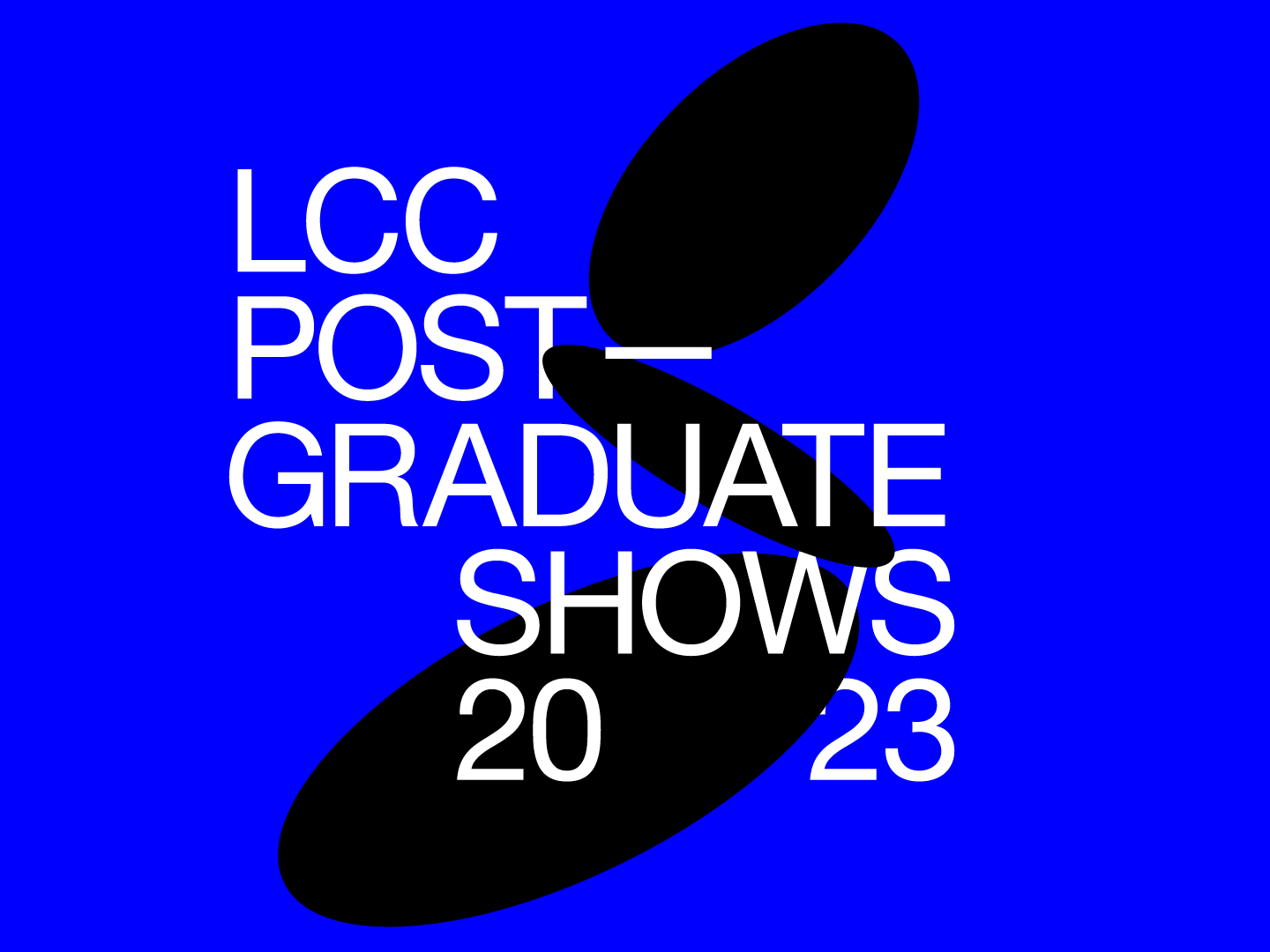
Graduate Voices: Margarita Galandina
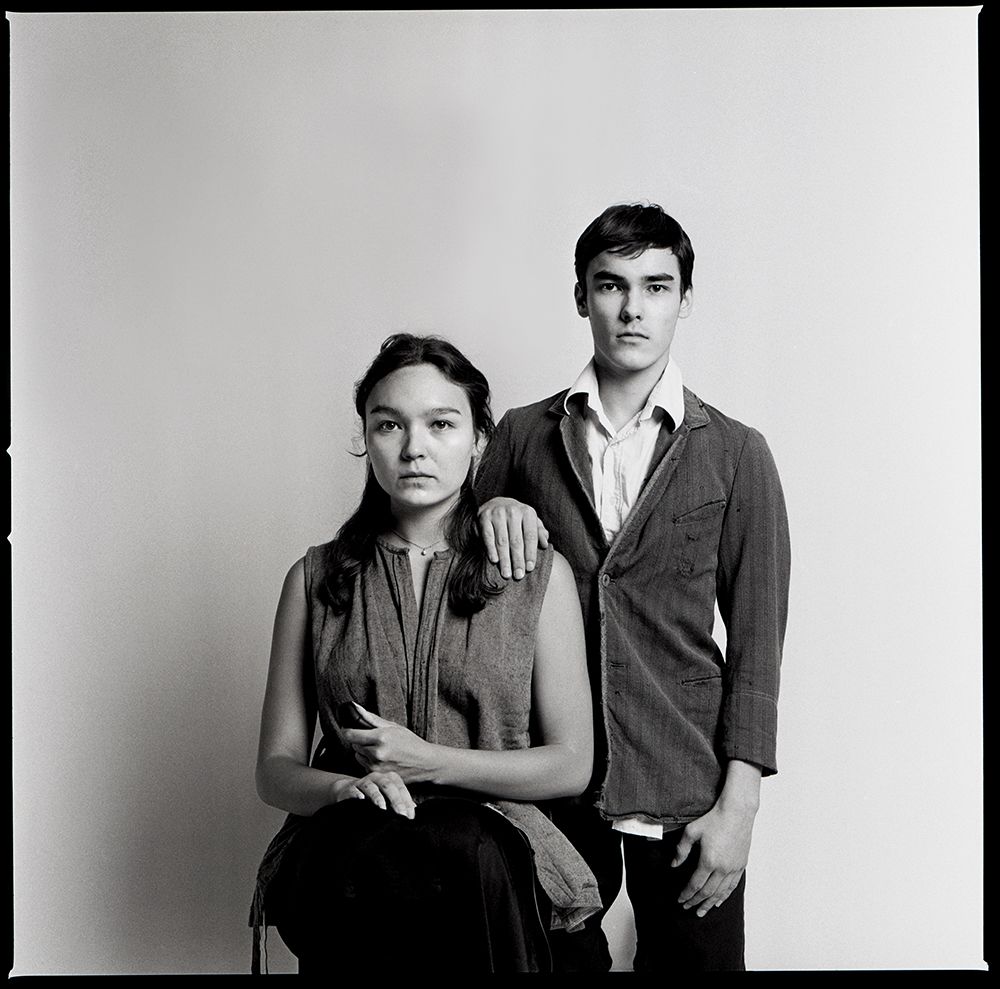
- Written byChloe Murphy
- Published date 28 March 2024

The Photography programme at London College of Communication (LCC) is renowned for cultivating a range of striking, evocative approaches to the photographic.
Working across a range of forms and formats, students are encouraged to explore the use of light and shadows, reflections and refractions, as they develop their own distinct creative practice that draws on contemporary techniques, historical frameworks and the influence of their personal histories.
By engaging with the ways in which photographic images are created, disseminated, received, studied and understood, they learn how to position work within a dynamic global landscape, and consider the ways in which their practice both intersects and impacts on social, racial and climate-related issues.
With opportunities to engage with prominent organisations such as The Photographers’ Gallery, Autograph ABP, Turner Contemporary, Seen Fifteen and Peckham 24, Photography students graduate not only with the technical skills they need to take the next step on their creative careers, but also the contextual understanding needed to change the landscape of their discipline.
Margarita Galandina
Margarita Galandina is a Siberian-born multidisciplinary artist and researcher. Having studied at the Academy of Russian Ballet as a child, she went on to pursue academic drawing and painting at home in Siberia before moving to the UK in 2017. After undertaking a BA degree in Fashion Communication and Promotion at Central St Martins, UAL, she achieved an MA in Photography at LCC in 2022.
Margarita’s practice is underpinned by dance, performance, film, fashion and photography, reflecting a multi-faceted approach influenced by her interests and lived experience. Although now based in London, she continues to engage with Buryad-Mongol culture, and is particularly interested in exploring history in migration.
In 2022, Margarita was shortlisted for the Sproxton Photography Award, and was awarded a Mead Fellowship in 2023 to further develop her project, Preserving Captured Memories of Buryat-Mongol Folklore in Siberia. She has also been selected for the Belfast Photo Festival 2023, named a finalist in the Taylor Wessing Portrait Prize 2023, and had work featured in major publications such as the British Journal of Photography and Musee Magazine.
We caught up with Margarita to discuss the importance of weaving her Siberian heritage throughout her work, the invaluable support of our Industry Mentoring Programme, and some of her major professional achievements as an early-career creative.

Tell us about your creative practice.
My artistic practice combines various creative disciplines such as photography, drawing, film and performance. As a child growing up in Siberia, I attended a ballet academy and studied academic drawing and painting in a specialised school. This experience has significantly influenced my practice, and I draw inspiration from dance and various art histories such as European, Indigenous Siberian, Russian and Central Asian art.
After emigrating to the U.K., I had a unique opportunity to view my homeland from an outsider's perspective. I was able to recontextualise many aspects of my heritage and culture, exploring themes of longing, uprooting, and cultural and ancestral memory. As a result, I started creating staged fictional environments, primarily using photography and drawing, which became central to my work process.
In recent years, my practice has focused on studying Buryad-Mongol history, which is my maternal heritage and holds a special place in my heart. I made a book reflecting on Indigenous Siberian heritage for my final MA project at LCC, where I used photography and drawing as mediums - interweaving historical photographs from my family archive and various ethnographic museums.
How did you first become interested in photography, and why did you decide to study it further at London College of Communication?
During my BA in Fashion Communication at Central Saint Martins, I became interested in photography and spent most of my time in the photography department. I enjoyed shooting short creative projects in the studio and printing images in the darkroom. I already had some exposure to photography before immigrating to the UK, so it felt natural to keep practising and learning further about its history and theory.
Coming from a fine art background, I wanted to study art photography further and build on my existing knowledge by developing my BA work into a more resolved project at postgraduate level. I’d visited LCC several times as a CSM student and enjoyed the environment - and UAL, in general, offers excellent technical facilities which are accompanied by libraries that elevate your research experience while studying there.
The main factor catalysing my decision to choose LCC was the presence of brilliant academic staff members on that course, who I felt could significantly enhance my learning experience and support me at all stages throughout my MA.

What did you most enjoy about your time at LCC?
I really appreciated how MA Photography was structured, and the support that students received. The tutors in my course were brilliant and helped me to develop my project while studying.
I was exposed to different perspectives through one-to-one tutorials, lectures, peer review groups, seminars and exhibition visits, which helped me to develop a well-rounded approach to understanding and developing my artistic practice.
The lecturing experience was excellent, and I had the freedom to develop my work in any direction I desired. I also had the opportunity to learn from visiting practitioners during exhibition visits.
Additionally, I was able to set up a few work-in-progress shows and see how my work could be viewed while it wasn’t fully resolved.
Why did you decide to take part in our Industry Mentoring Programme, and what were the highlights of your experience?
Our class was introduced to the programme for the first time in one of our Professional Development lectures, and I remember thinking that having a mentor through the Industry Mentoring Programme would be a resource that could significantly help me once I finished my course.
I had a lot of anxiety when thinking about my life after graduation, and the idea of setting up my professional career at a young age while being in a different country away from my family. I felt that having someone who could help me focus on the work would make a big difference and make the overall process less overwhelming.
I ended up being paired up with Graham Diprose, a fantastic mentor who has been very kind and supportive throughout all stages. He still mentors me and is helping me produce an exhibition for the Mead Fellowship awards. I feel very grateful I was paired up with him a year back in 2023.

How did you learn about the Mead Fellowship, and why did you apply?
When I finished the course, my former MA tutor informed me about an opportunity. I impulsively decided to apply for the Mead Fellowship and had just over a month to write a stage one proposal.
Luckily, I already had a project idea that I’d already been contemplating for several years, and the Mead Fellowship felt like the perfect opportunity to pursue it. Additionally, I felt that it was a great opportunity to refine my project idea and develop a strong proposal.
How did the Mead Fellowship enable you to develop your proposed project?
My project, Preserving Captured Memories of Buryat-Mongol Folklore in Siberia, focuses on ethnographic research and documentation of the indigenous Siberian people of Buryatia – an interpretation of the home and cultural identity of Buryat Mongols.
I visited home in the summer and travelled across several regions, documenting the sites with traces of ancestral memory and photographic extended family members.
This project is a continuation of my MA body of work. The idea had been brewing for around 5 years when my mother took me to the remains of our ancestral Buddhist temple in Rural Buryatia. I recall witnessing the site, which has profoundly impacted me. Photographing this part of history would be essential in creating a new project.
The Mead Fellowship process has allowed me to develop this idea into a substantial project. I’m now entering the final stage of completing this project, resulting in a photographic body of work, a short film, a series of drawings and a research document.

Following on from the Mead Fellowship, you’ve also gained recognition by organisations across the UK and beyond. Tell us about your experience of the Taylor Wessing Portrait Prize.
I’d heard about the competition before but never thought about applying until Graham encouraged me to try submitting my MA work for a chance to be reviewed by the judging panel. Looking back at the application process, there were 2 stages: first, the photographer had to submit the photographs digitally, and following the preselection process, if successful, he or she was invited to send a physical print for the judges to decide.
Over time, I’ve tried to highlight my work to a broader audience, and have regularly applied for different opportunities - in photography practice and in the arts, it's paramount to continuously seek new ways to share your work with the broader world.
Looking back, I’m really pleased that I applied for the Taylor Wessing competition.
What did it mean for you to be named a finalist of the Prize?
It came by surprise! Due to the high levels of competition when I submitted my work, I didn’t expect much to come out of it, so when I received notification that my work had passed through the first stage and was selected as a finalist for the live exhibition, I was delighted.
This news has instilled more confidence in me and my work, pushed me to continue developing my practice, and made me more resilient to the competitive environment photography and the art sector represent. It was also the first time an open-call-based competition came back with a result, which made me feel more hopeful about applying for future opportunities like this one.

Do you currently have any major projects in progress?
My primary focus now is to complete my Mead Fellowship project.
Additionally, I’m excited to announce that I will be hosting my first solo show in London in early June at the Crypt Gallery, which will feature the work I’ve been creating over the past year such as photographs of a short film I made, my drawings and archival images.
In the meantime, I’m also working on a few commercial photography projects, and developing my skills in drawing, painting and fine arts. This area of my practice has always been significant to me, but I had to put it on the back burner while studying for my BA and MA courses. Hopefully, within a year from now, I will be able to showcase much more of this side of my practice.
What are your future plans?
After completing my Mead Fellowship project and the launch of my exhibition, I plan to review my work and potentially take it further to PhD-level, which I’ve been considering for a while now. If everything aligns well, I could pursue this path and would love to get into lecturing and research.
My other plan is to keep developing my commercial photography and fine art drawing practice. I have a few smaller projects in mind that I want to realise photographically and through painting while constantly striving to refine my work and grow as an artist.

What advice would you give prospective students interested in exploring the world of photography?
Find a good balance between research and practice when approaching the subject - which, in my opinion, is the case with most artistic disciplines.
I suggest finding an area in photography that resonates with your interests, whether art or documentary fashion, for example. It’s also okay to cross these areas as they are not monolithic - it’s essential to approach your subject with an open mind at an early stage. The beauty of studying photography at the BA or MA level is that it can give you profound exposure to various approaches and themes, encouraging you to explore new landscapes to see if it’s something worth developing in the long term.
Good organisational skills and discipline are necessary, too. My main advice would be to stay focused on your practice and be consistent with your work. After graduating, it’s common for life to take its flow, and it’s easy to feel distracted as there’s no one around to manage you but yourself.
Outlining a clear action plan and installing strict discipline to follow it were perhaps the most crucial factors that helped me stay on the right track and, I think, significantly contributed to my success in the last year.
Related links:
- Explore more of Margarita's work on her website.
- Find out more about our Industry Mentoring Programme.
- Learn more about our MA Photography course.
